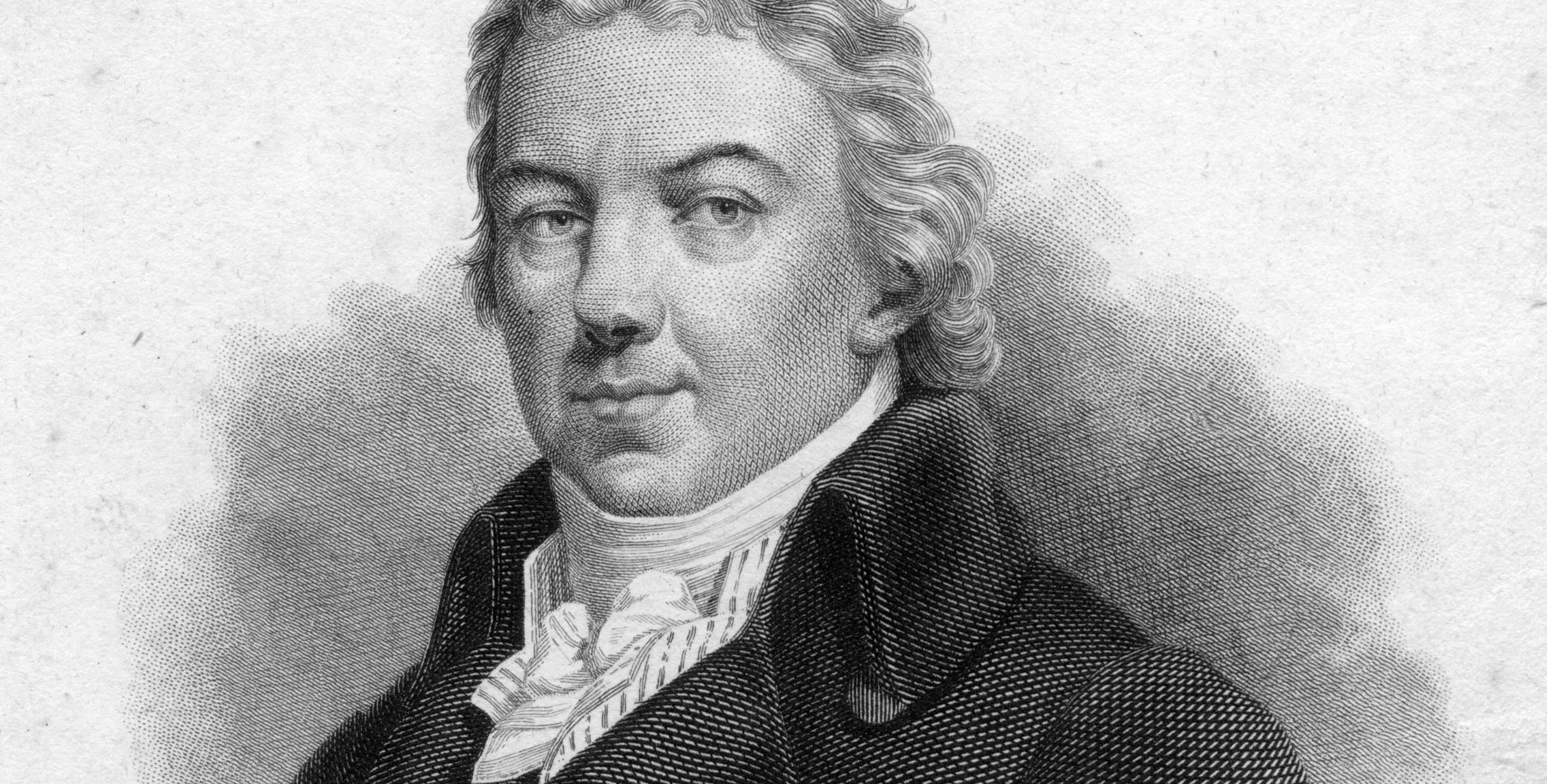Edward Jenner, FRS FRCPEThe Father of Vaccination


Chapter 1Edward Jenner: Father of Vaccination
May 17, 1749Birth of Jenner
1754Jenner Is Orphaned
1763Jenner Apprentices to a Surgeon
Edward Jenner, then 14 years old, trained as an apprentice to surgeon Daniel Ludlow. The apprenticeship lasted for seven years.
1770Jenner Studies at St. George's Hospital
1772Jenner Returns to Berkeley
May 14, 1796Jenner's Breakthrough
Edward Jenner tested the hypothesis that infection with cowpox could protect a person from smallpox infection.
Cowpox is an uncommon illness in cattle, usually mild, that can be spread from a cow to humans via sores on the cow. During an infection, dairy workers may have pustules on their hands. Sufferers can spread the infection to other parts of the body.
We know now that the cowpox virus belongs to the Orthopox family of viruses. Orthopox viruses also include horsepox virus, monkeypox virus, and variola virus, which causes smallpox.
On May 14, 1796, Jenner inoculated eight-year-old James Phipps with matter from a cowpox sore on the hand of milkmaid Sarah Nelmes. Phipps suffered a local reaction and felt poorly for several days but made a full recovery. In July 1796, Jenner inoculated Phipps with matter taken from a fresh human smallpox sore, as if he were variolating the boy, in an attempt to challenge the protection from cowpox. Phipps remained healthy. Jenner next demonstrated that cowpox matter transferred in a human chain, from one person to the next, provided protection from smallpox.
Jenner was not precisely sure about the nature of the cowpox material he used. He suspected that cowpox actually came from horsepox; in other words, he speculated that cows became infected with the same agent that caused a similar disease in horses. Recent genetic analysis of old samples of smallpox vaccine have revealed that the samples were more closely related to horsepox virus than cowpox virus.